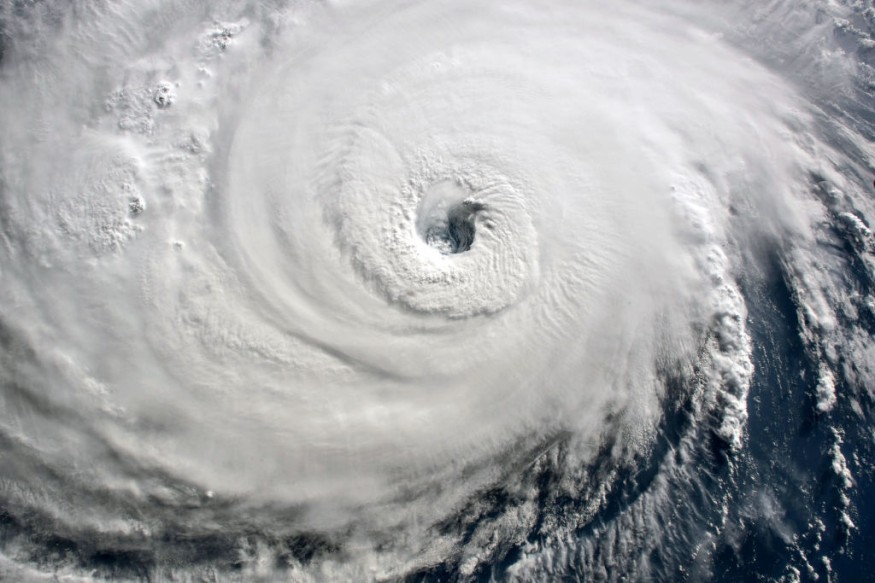The recent storm threat may follow an "unusual route" into Florida. The storm, which is intensifying, is on schedule to travel from the Caribbean to Florida's west coast, which is an uncommon but not unheard-of route. We review six of the most powerful storms to strike Florida's Gulf Coast.

Extreme Weather Warning
AccuWeather meteorologists are warning about the potential for Hurricane Ian in the Caribbean to intensify in the coming days as it churns northward rapidly and the wind shear decreases, with the storm's probable target being the frequently overlooked west coast of Florida.
Following its journey from the Caribbean into the eastern Gulf of Mexico, Ian is now projected to swiftly strengthen, reaching Category 4 status on the Saffir-Simpson Hurricane Wind Scale, and make landfall in the United States by this week's middle to end.
Read also: Global Weirding: Humans Have Drastically Altered the Climate to the Point of Bringing Chaos
Looking Back

A historical record from the National Oceanic and Atmospheric Administration (NOAA) shows that Florida has been impacted by around 160 hurricanes, excluding tropical storms. Only 17 of the 160 have reached land north of the Florida Keys on the west coast.
Since records began in 1944, there have been 17 hurricanes that have made landfall on Florida's west coast, but none have ever traveled entirely up the coast. According to AccuWeather Senior Weather Editor Jesse Ferrell, if the storm's projected route persists along the west coast, it may be on a "quite uncommon track," as most storms normally move to the northeast or northwest rather than along the coast.
Before 1944, there had only been one hurricane, a Category 5 storm in 1935 that struck the Keys before moving up the west coast, according to Ferrell.
Ferrell noted that the two most recent storms that made landfall as tropical storms were Elsa in 2021, which made landfall just west of Tampa on Treasure Island, and Eta in 2020, which made landfall north of Tampa in Cedar Key. "It's important to note that Florida has recently been hit by storms that were hurricanes but were downgraded to tropical storms before landfall," Ferrell said.
Ferrell further reduced the data to six of the most powerful storms that hit Florida's west coast. Even though the looming danger most likely won't go in the same direction as any of these storms, knowing how earlier storms affected Florida's west coast can help us appreciate how uncommon the present storm's course is.
Hurricane Irma
Taking the most current as an example, Storm Irma hit Marco Island in southwest Florida in 2017 as a Category 3 major hurricane.
Hurricane Irma, which was a Category 1 storm, "took that extraordinarily odd north-northwest route along the western portion of Florida," according to Ferrell. It served as a wake-up call for unprepared west coast Floridians.
According to a NOAA assessment, Irma caused more than $320 million in losses in southwest Florida.
Keep Watch
AccuWeather experts advise Florida's Gulf coast residents and the rest of the state to exercise caution and prepare for a direct hit from a powerful storm in the coming days.
Related Article : Exposure to Major Disasters Can Cause Long-Term Mental Health Problems
For more climate and weather updates, don't forget to follow Nature World News!
© 2025 NatureWorldNews.com All rights reserved. Do not reproduce without permission.





